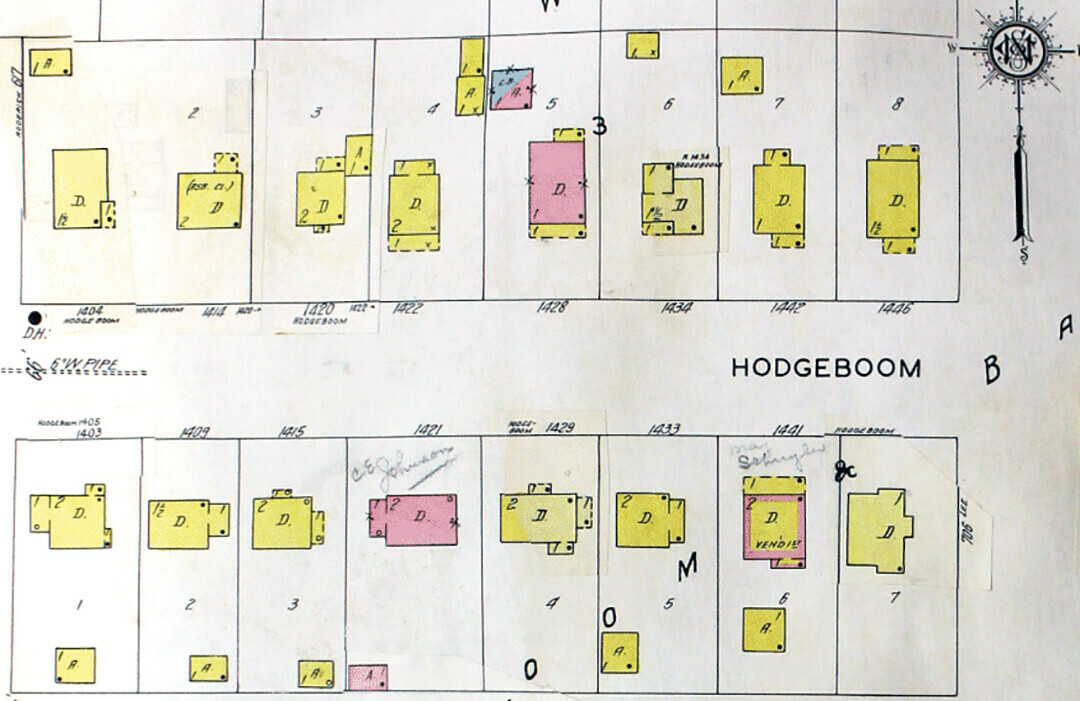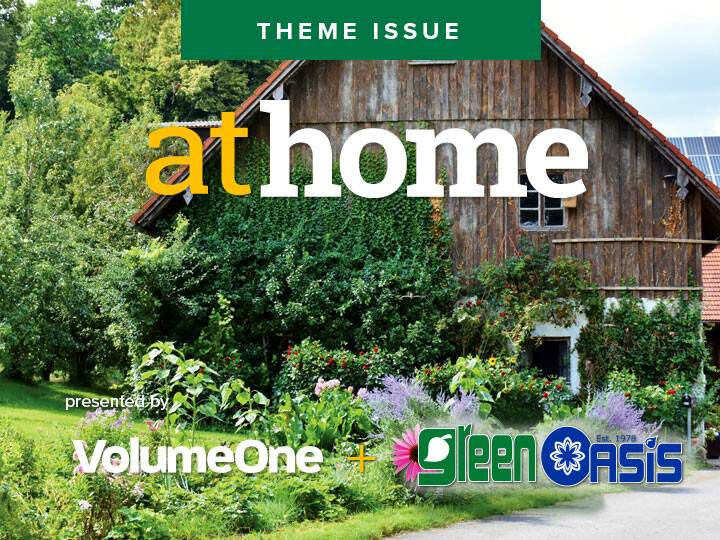Old Homes Have a Hidden History
resources to help you preserve and research your older Eau Claire home

If just over a year ago someone used the acronym “WFH” (work from home), we might scratch our heads pondering the meaning. The ongoing COVID-19 pandemic is changing so many aspects of our lives, and our homes have taken on new roles. While we spend so much time in our homes, these places still hold mystery. When was this building constructed? Who lived here before me? Why was the building constructed in this style, or what architectural style is my home?
May is Historic Preservation Month, an opportunity for all of us to think about the houses and buildings we call home (or now maybe also our office). So how can we dig into the unique history of where we spend so much of our time?
There are many sources available to help us research and understand the history of houses and buildings across the Chippewa Valley. The research is fascinating and may even lead to unexpected discoveries! Some vital information is available online, and other sources may lead you into the archives at UW-Eau Claire (McIntyre Library’s Special Collections and Archives Department) or the Chippewa Valley Museum.
Every source shares only part of this history, but together they reveal a more complete history of a local building. Some of the key sources include maps, city/county assessor data, city directories, newspapers, and architecture guides. Available online for many communities, assessment data often provides basic details about the building. For homes constructed prior to 1900, I have found consulting annual city assessment rolls accessible at the UW-Eau Claire archives may provide additional information.
Every source shares only part of this history, but together they reveal a more complete history of a local building.
City Directories, digitized and available online up to 1923 for the City of Eau Claire through the L.E. Phillips Memorial Public Library, provide details about the individuals and families who resided in houses. This often includes information about the occupations of former residents. City Directories after 1923 are available in-print through many of the institutions previously identified. Newspapers also provide details about the occupants of houses and are often sources of the most fascinating details about the people and places of our past. Libraries and archives provide access to various newspaper databases. Many common genealogy websites, such as Ancestry.com, may offer interesting tidbits and insights into former occupants of houses and buildings. Finally, architecture guides help us to pinpoint specific styles and details about structural elements. One of the best is A Field Guide to American Houses by Virginia McAlester. The Area Research Center at UW-Eau Claire provides a great step-by-step guide to this research, including contact information for experts to help, found online at libguides.uwec.edu/HouseHistory. Have fun searching for and learning more about the house you call home – and maybe still an office.
Kocken is vice-chair of the City of Eau Claire Landmarks Commission and head of special collections and archives at UW-Eau Claire.
INTEREST-FREE REHAB LOANS AVAILABLE
Good news: The City of Eau Claire’s Landmarks Commission recently eliminated the 3% interest rate for its historic residential rehabilitation loan program. Loans are for 10 years and can be as small at $2,000. The program helps preserve Eau Claire landmarks or those in process of receiving a designation. Funds can be used for exterior improvements that are compatible with the structure’s architecture and history. For further information or great preservation guidance, visit the City of Eau Claire’s website: www.eauclairewi.gov/government/our-divisions/planning/historic-preservation.


